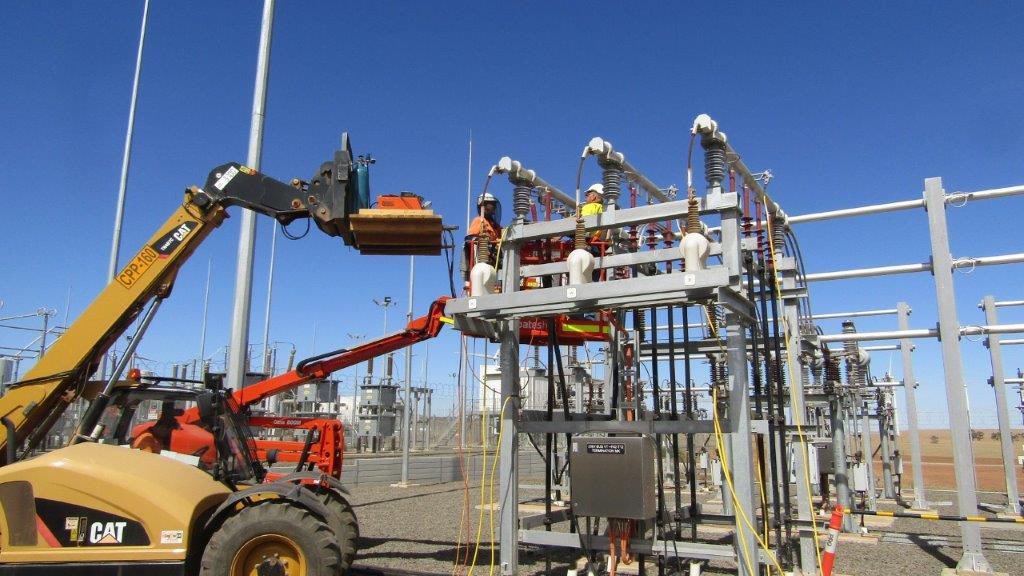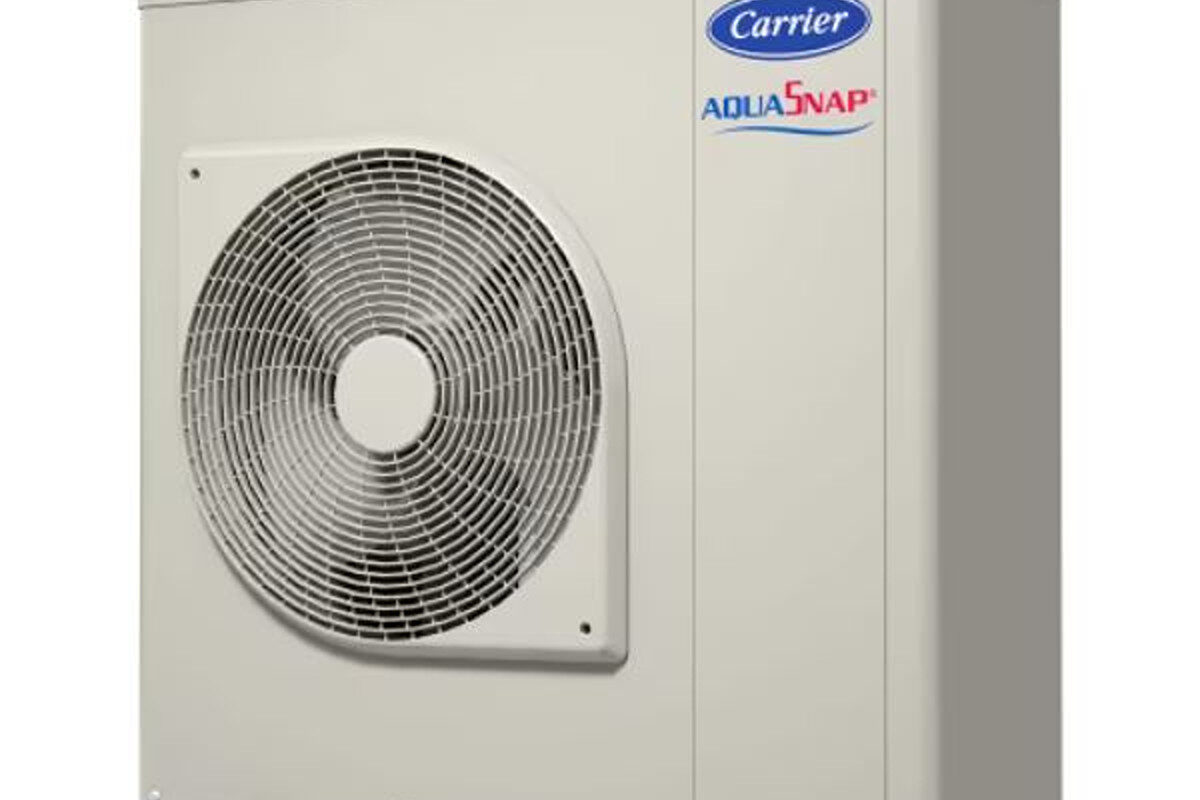This month saw Neoen announce plans for a 500 MW battery, only to have Origin dwarf the proposal with its 700 MW battery a day later.
While the proposals are, for now, little more than best-laid plans, Cornwall Insight Australia’s principal consultant, Ben Cerini, said that announcements of such large capacities being integrated into the National Electricity Market (NEM) inevitably make developers take notice.
“The NEM will only be able to integrate a certain capacity of storage assets before pricing begins to cannibalise itself,” Cerini told pv magazine Australia. It is, however, still too soon to truly ascertain how saturated Australia’s jurisdiction are becoming. “We know that these projects are likely to take several years to get permitted and built and are usually announced in much larger sizes than the projects that get built.”
Cerini said the market’s faster-than-expected battery storage rollout means it’s likely that the NEM will have access to more storage assets to solve anticipated grid issues, but adds the proof will be in the pudding.
“The major shift in the market will come when a number of these larger projects reach the construction phase,” he said. “There are many developers and gentailers that are obtaining permits undertaking technical or grid studies to ascertain the best places to incorporate storage, but this doesn’t mean construction will begin tomorrow. As we saw with the fallout from the renewables rush, developers need to make sure that they are developing these assets in the best locations given the technical, regulatory and economic landscape to make sure the viability of their asset is robust to market changes.”
Australia’s position as the world leader of solar penetration, coupled with its arcane grid, has made it a hotbed for energy storage innovation and investment. If just 10% of Cornwall's projected 7 GW storage pipeline is completed by 2024, it would result in a capacity more than 13x the Australian Energy Market Operator’s (AEMO) forecast in its Integrated System Plan (ISP).
As Cerini also noted, the battery storage forecast by AEMO focuses on reliability of the grid, overlooking many of the services a big battery can provide.
“[Frequency Control Ancillary Services] FCAS markets are a large driver of revenues for large scale battery assets in the NEM … last calendar year FCAS revenues accounted for more than 90% of revenues at Ballarat ESS (c.f. to ~80% in CY19) and more than 96% for Hornsdale Power Reserve (c.f. 83% in CY19),” he said.
“We know there are multiple rule changes that are developing new system services or ‘essential services’ under the Energy Security Boards Post 2025 Market Design work, including fast frequency response, primary frequency response, inertia services, system strength (i.e. voltage oscillation, fault levels or voltage collapse etc.), system integrity protection schemes, peak load reduction at specific network points, congestion alleviation. There is also likely to be new non-ancillary service that batteries could participate in including an operational reserve market. As we may find, Victoria and South Australia are the first states to see the full impact storage can have on market outcomes and whether or not the current rule changes will allow for trading optimisation with co-located assets behind the connection point.”
This content is protected by copyright and may not be reused. If you want to cooperate with us and would like to reuse some of our content, please contact: editors@pv-magazine.com.




There is such a Huge Irony in this that so many seem to completely miss. but that is only because very few Trade Journals or News reports ever mention it. ALL of the batteries are IMPORTED ! And everyone knows that anything shipped to Oz is extremely expensive.
Australia is the #1 exporter of Lithium. “Australia is by far the world’s top producer of lithium, with an output of 42,000 tonnes in 2019”.
Energy Renaissance, Australia’s first lithium-ion battery manufacturer, announced Oct 13, 2020 that it will build Renaissance One, a new A$28 million battery manufacturing facility in Tomago. The company produces batteries that are safe, affordable and optimized to perform in hot climates.
WHY is this NOT MENTIONED ?
How many millions of dollars are being hemorrhaged out of their economy ?
How many Long Term Good Paying jobs are NOT being created ?
Why hasn’t Australia become the Planets Battery Supplier ?
They also have Cobalt, Nickel, Copper, Iron including all of the required minerals UNDER THEIR FEET ! yet they export it all…
Talk about missing one of the greatest opportunities of this century to move forward and prosper while making the world better for one & all. It is almost Criminal that such is allowed to continue while continually backing the Coalies which is a Dead End.